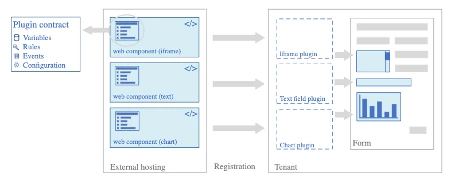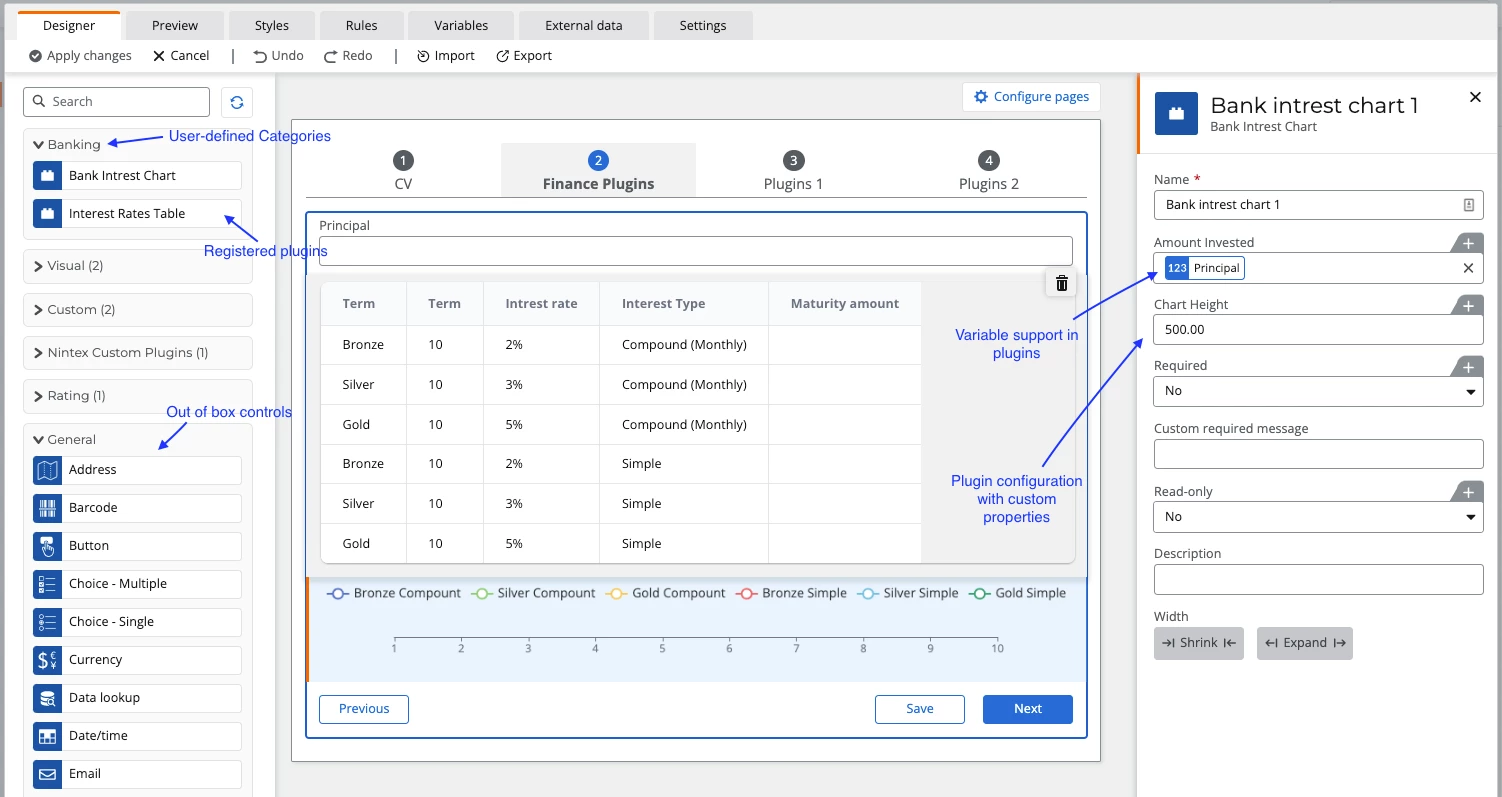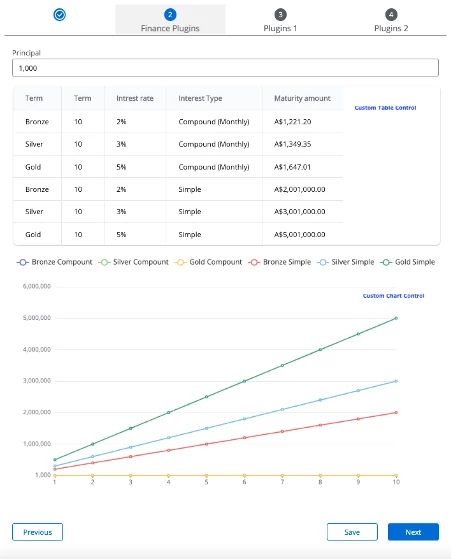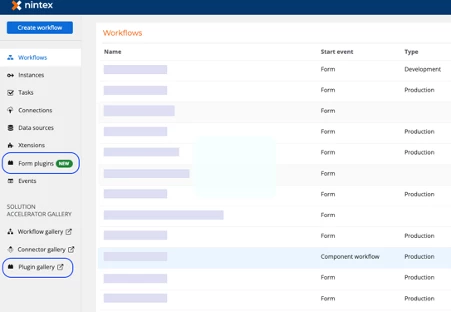Nintex Forms, a part of Nintex Automation Cloud, has long been a go-to solution for enterprises seeking to create and manage electronic forms, streamline workflows, and collect data efficiently. However, until now, the software's functionality was limited to its core features and was not expandable. Enter the Nintex Forms plugin feature, which will revolutionize how users create interactive forms interfaces.
So, what are plugins in Nintex Forms software?
Plugins are web components adhering to a form contract developed by third party developers.

Once registered, the plugin appears in the Forms Designer control toolbox as a custom control, which can then be dragged onto the canvas and configured by the designer. The custom control can utilize all the functionality offered by the form ecosystem like a native control, providing flexibility to meet specific business needs. The screenshot below shows plugins appearing in the control toolbox on the left under user-defined categories.

What are the advantages of Using Nintex Forms Plugins?
The new plugin feature in Nintex Forms software is a game-changer, allowing users to customize the software to meet their specific needs in a timely manner, add new features, and solve complex use cases using open standard software frameworks. Forms plugins increase compatibility between different software applications, helping businesses using multiple software applications in their daily operations.
Plugins enable enhanced functionality in digital forms, such as adding new question types or customizing the form's appearance. This is particularly useful for businesses requiring specific types of data to be collected or needing to present forms in a certain way. Moreover, developers can create workarounds for existing controls where they have specific requirements, such as creating custom error messaging or field level tracking and analytics.

Another advantage of Forms plugins is the ability to create visual components, such as charts, tables, and clickable images. For complex scenarios, plugins can be developed to solve problems such as an engineering use case where 3D models are visualized on a form with complex math functions.
Developing Plugins
Plugins can be developed using open-source frameworks that allow for greater collaboration and innovation, such as the LIT framework. Web components should be developed by trusted third-party developers who follow best practices for software development. This ensures that plugins are secure and do not introduce vulnerabilities into the Forms software ecosystem. Moreover, plugins should be designed to be lightweight and efficient, ensuring that they do not slow down the performance of the software.
Getting Started
The new plugin feature in Nintex Forms software is a significant development that opens new possibilities for forms customization and automation. With plugins, users can now extend the functionality of Nintex Forms in exciting new ways, create custom integrations, automate repetitive tasks, and streamline workflows. If you are using Nintex Forms software, explore this new feature to optimize your electronic forms and data collection processes.
To get started, select Form Plugins on the Automate page in Nintex Automation Cloud.

To learn more about Nintex Forms plugins, refer to the Software Development Kit. Also check out Nintex Github, Lit framework and other resources to explore all the possibilities for your custom digital forms.




